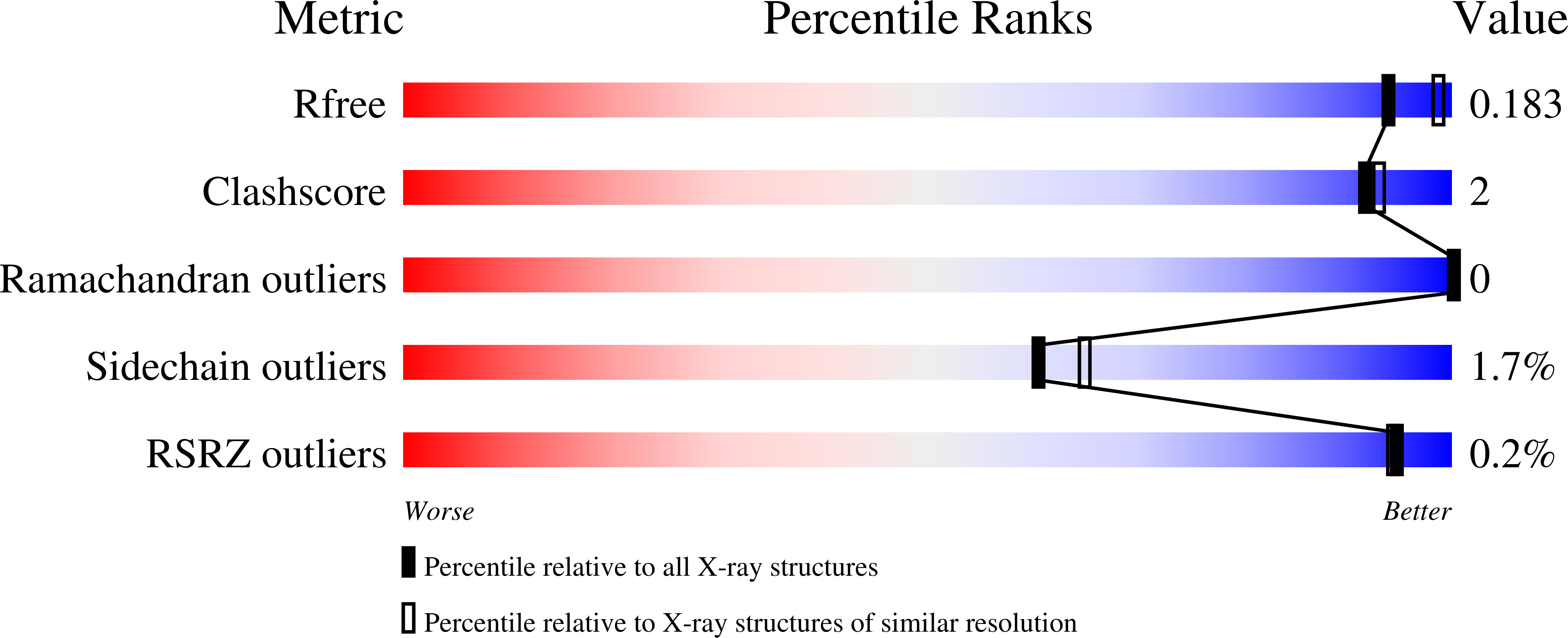Activity studies and crystal structures of catalytically deficient mutants of cellobiohydrolase I from Trichoderma reesei.
Stahlberg, J., Divne, C., Koivula, A., Piens, K., Claeyssens, M., Teeri, T.T., Jones, T.A.(1996) J Mol Biol 264: 337-349
- PubMed: 8951380
- DOI: https://doi.org/10.1006/jmbi.1996.0644
- Primary Citation of Related Structures:
2CEL, 3CEL, 4CEL - PubMed Abstract:
The roles of the residues in the catalytic trio Glu212-Asp214-Glu217 in cellobiohydrolase I (CBHI) from Trichoderma reesei have been investigated by changing these residues to their isosteric amide counterparts. Three mutants, E212Q, D214N and E217Q, were constructed and expressed in T. reesei. All three point mutations significantly impair the catalytic activity of the enzyme, although all retain some residual activity. On the small chromophoric substrate CNP-Lac, the kcat values were reduced to 1/2000, 1/85 and 1/370 of the wild-type activity, respectively, whereas the KM values remained essentially unchanged. On insoluble crystalline cellulose, BMCC, no significant activity was detected for the E212Q and E217Q mutants, whereas the D214N mutant retained residual activity. The consequences of the individual mutations on the active-site structure were assessed for two of the mutants, E212Q and D214N, by X-ray crystallography at 2.0 A and 2.2 A resolution, respectively. In addition, the structure of E212Q CBHI in complex with the natural product, cellobiose, was determined at 2.0 A resolution. The active-site structure of each mutant is very similar to that of the wild-type enzyme. In the absence of ligand, the active site of the D214N mutant contains a calcium ion firmly bound to Glu212, whereas that of E212Q does not. This supports our hypothesis that Glu212 is the charged species during catalysis. As in the complex of wild-type CBHI with bound o-iodobenzyl-1-thio-beta-D-glucoside, cellobiose is bound to the two product sites in the complex with E212Q. However, the binding of cellobiose differs from that of the glucoside in that the cellobiose is shifted away from the trio of catalytic residues to interact more intimately with a loop that is part of the outer wall of the active site.
Organizational Affiliation:
Department of Molecular Biology, University of Uppsala, Sweden.



















